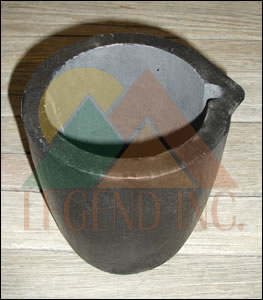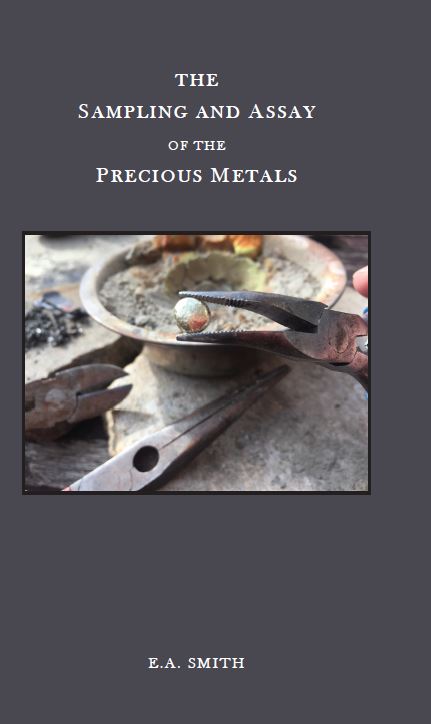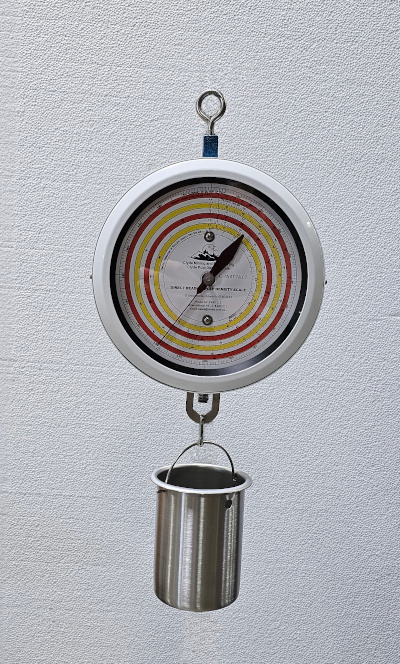MENU
MENU
- Shop
- Specials
-
Assay Supplies
- Assay Gloves/Clothing
- Assay Tools/Tongs
- Certified Reference Material
- Crucible Mixers
- Crucibles
- Crushers
- Cupels
-
Furnaces, Kilns & Ovens
- Cress Assay Furnaces
- Cress Furnace Parts
- Refining & Pot Furnaces
- Furnace Bedding
- Refractory Cements
- Insulating Firebrick
- IR Laser Thermometer
- Markers
- Pyrometric Cones
- Drying Ovens
- Vcella Furnaces
- Vcella Furnace Parts
- DFC Assay Furnaces
- DFC Assay Furnace Parts
- Williams&Wilson/MAS
- Johnson Gas Assay Furnaces
- Skutt Ceramic Kilns
- Glo-Bar Assay Furnaces
- Oven Scrapers & Tools
- Furnace Industries/FAS
- Drying Pans/Sample Pans
- Insulation Fiber Blanket
- Gravity Concentration
- Hoods
- Hotplates / Stirrers
- Inquarts, Silver & Gold
- Jewelers Bullion Rolling Mill
- Laboratory Flotation
- Laboratory Ware
- Lamps Atomic Absorption
- Litharge, Flux, Lead
- Molds
- pH, DO, ORP & Temperature
- Porcelain Crucible/Labware
- Pressure and Vacuum Filters
- Pulverizers/Grinding
- Sample Splitters
- Scales & Balances
- Ultrasonic Cleaner
-
Geology Supplies
- Augers
- Bruntons & Compasses
- Cap Lamps
- Chip Trays, Vials
- Core Supplies
- Field Bags & Cases
- Flagging, Paint, Posts
- Gold & Karat Testing
- Gold Pans & Classifiers
- Hard Hats
- Hip Chains & Tapes
- Magnifiers
- Markers, Pens & Pencils
- Notebooks, Clipboards & Rulers
- Picks, Hammers, Chisels
- Safety Equipment
- Scribes & Magnets
- Survey Spads
- Tags
- Ultraviolet Lamps
- Vests - Packs
- Sample Bags & Envelopes
- Bottles, Buckets & Drums
- Sieves, Screens & Shakers
-
Used Equipment
- Used Balances & Scales
- Used Centrifuges & Parts
- Used Core Splitters & Saws
- Used Crushers
- Used Dust Collectors/Hoods
- Used Feeders
- Used Flotation
- Used Geology
- Used Laboratory Equipment
- Used Ovens & Furnaces
- Used Pulverizers/Grinding
- Used Sample Splitters
- Used Screening
- Used Molds
- Used Assay Tools and Supplies
- Books
- Catalog Download
- Customer Service
-
Shipping
Legend has negotiated excellent shipping rates and passes these along to our customers.
Shop with Confidence
Payment can be made by Visa, Master Card, American Express, Discover, Paypal, Check/Money Order, or Purchase Order (prior credit approval required).
-
- Information
- Contact Us





![[Most Recent Quotes from www.kitco.com]](https://www.kitconet.com/charts/metals/gold/t24_au_en_usoz_2.gif)



